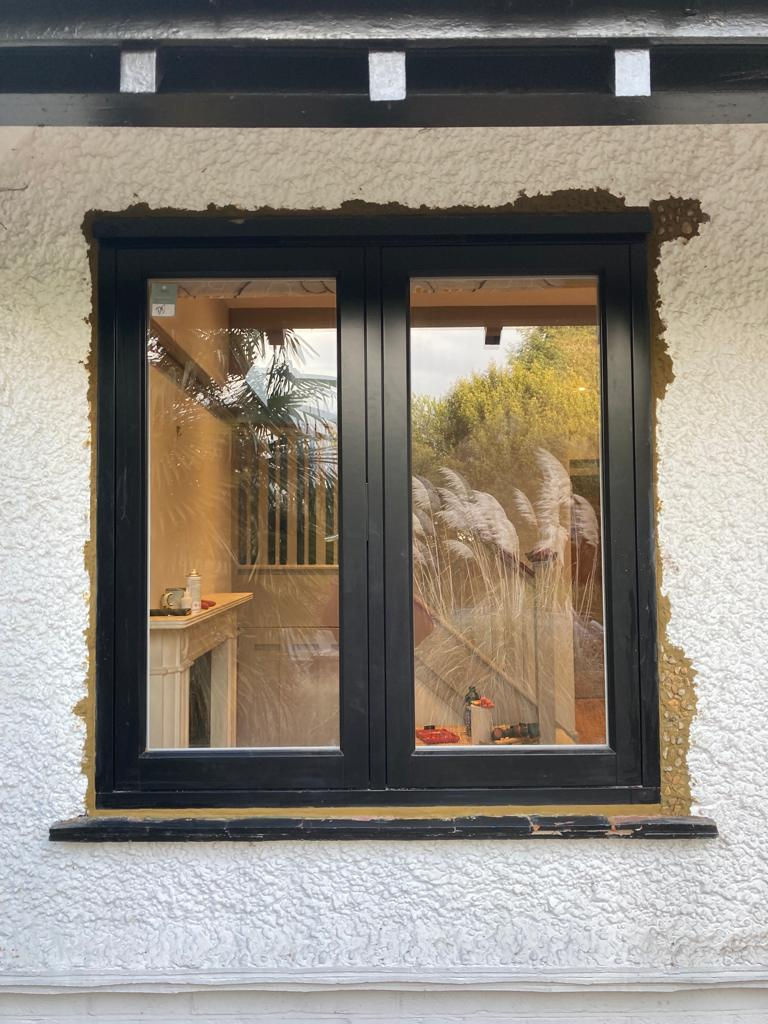When Do I Need Safety Glass in Doors and Windows, and What Type?
- Filus.

- Sep 16, 2024
- 3 min read
Do you feel that using regular glass for windows or doors at your home are not strong enough? Then you should think about getting safety glasses. Safety glasses are more durable and shatter-resistant than regular glass. If safety standards or building codes require you to use safety glasses, you have no other option than using them. It will offer much-needed assistance to you with preventing injuries. Let’s learn more about when you should consider using safety glasses and the different types available.

Using Safety Glass In Doors
Most codes require safety glass for any glass panels in doors. This includes exterior doors such as front doors, patio doors, side doors and door transoms. Interior doors between rooms that contain glass panels also need to meet safety glass requirements.
The most common types of safety glass used in doors are:
Tempered glass (Toughened Glass) - This type of glass is heat-treated so that if broken, it shatters into small, blunt pebbles rather than sharp shards. It is the most widely used safety glass. Even when the glass breaks, it minimizes the risk of injuries to people around.
Laminated glass - This is made by “sandwiching” a layer of flexible plastic vinyl between two panes of glass. If broken, the vinyl holds the glass fragments together, preventing dangerous shards from flying.
Wired glass (Georgian Wired Glass) - This contains an embedded grid of thin metal wire. It cracks more easily than regular glass, but the wires bind broken glass pieces to protect from injuries. However, wired glass can cut skin, so it is less frequently used now due to safety concerns. Newer tempered and laminated glass offer superior protection.
Using Safety Glass In Windows
Safety glass regulations for windows often depend on the window type, location and height above floor level. Typical requirements include:
Near doors - Code requires safety glass for windows within certain zones alongside doors, such as within 2 feet of the arc of any door in a closed position. This helps prevent someone from accidentally crashing through the glass when opening or closing the door.
Low to the floor - For any glass windows that have the bottom edge less than 18 inches above floor level, tempered or laminated glass is required. This includes glass railings. People are more likely to come into direct contact with low-positioned glass.
Large windows - Most codes require that any individual panes of glass over 9 square feet in size use safety glass. Large panes have more potential energy when broken and could cause significant injuries with dangerously flying particles.
Staircases and landings - Tempered or laminated glass is required for any glass panels alongside staircases or stairway landings. If accidentally walked into or fallen against, regular glass could lead to severe lacerations.
Bathroom enclosures - Shower and bathtub enclosures must contain safety glass if glass is used. Given wet and slippery conditions combined with direct body contact, breakage risks are high. This is the main reason why shower and bathtub enclosures are made with tempered glass.
Final Words
Some exceptions may apply if safety films, or easy-break decals are applied to glass to prevent large sharp shards on breakage. Speak to your local building code authorities if unsure about specific requirements in your municipality.
When renovating or building, communicate safety glass needs to window installation contractors or glaziers early in the planning process. Replacement with standard glass risks injury and codes violations. The small added cost per window or door for code-compliant safety glass brings invaluable injury prevention and liability benefits in homes or workplaces.










Comments